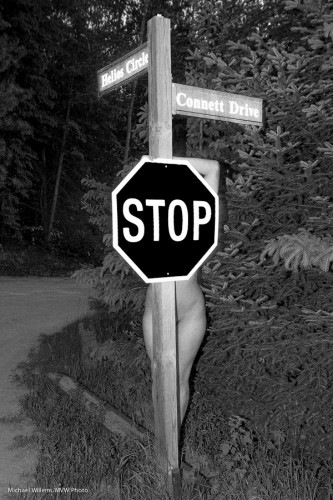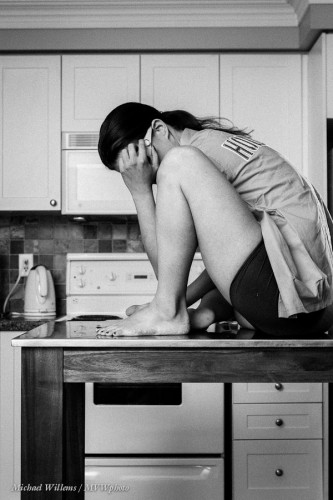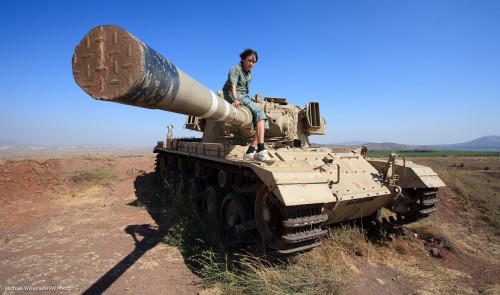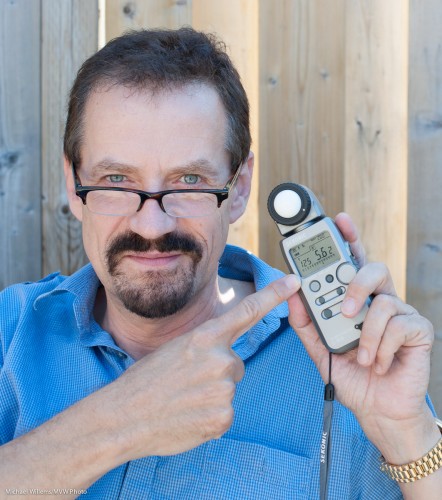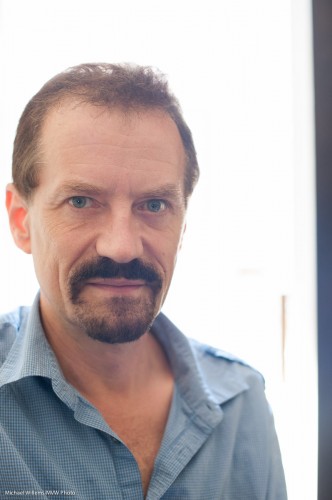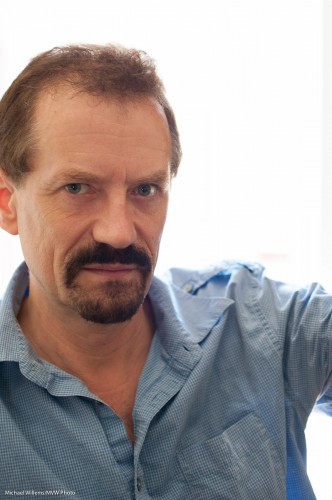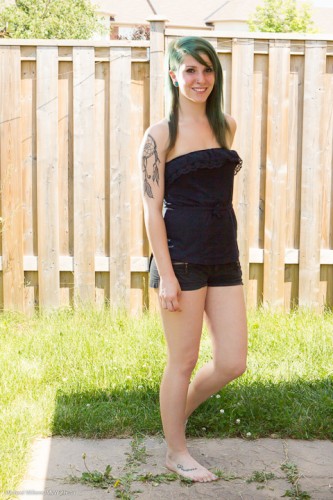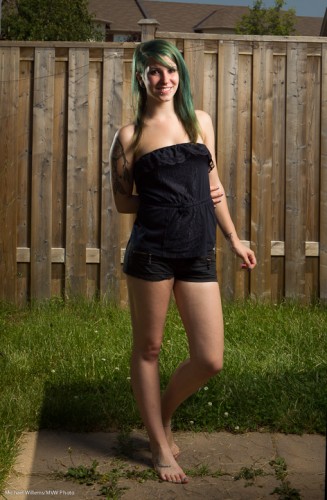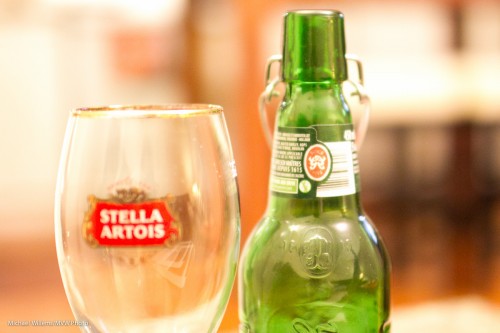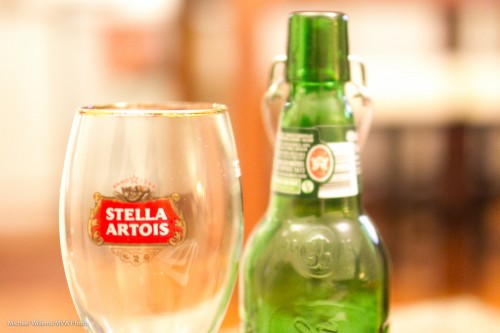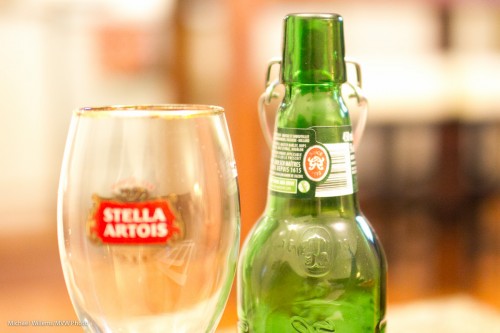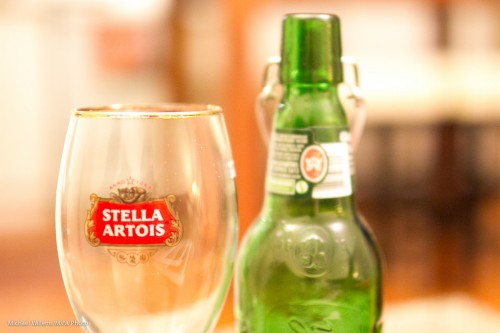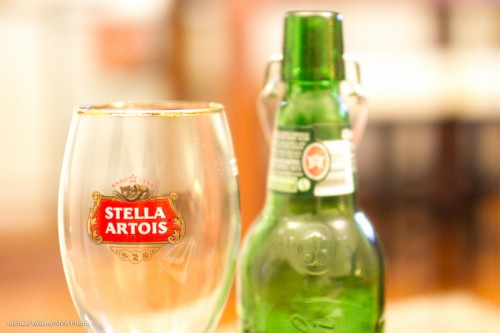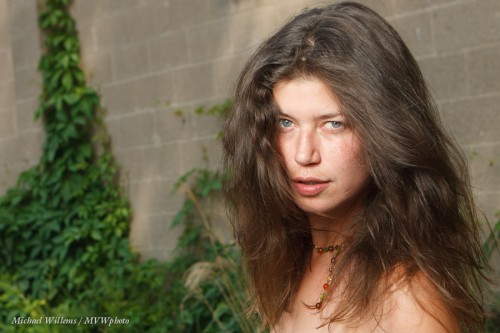As you may have gathered, in the next few months I am putting on another two solo photography exhibits. One starts this weekend: an exhibit with a twist. A series of Fine Art Nudes, displayed in a naturist resort 40 minutes north of Toronto (just past Newmarket). See www.michaelsmuse.com for more details. The twist, of course, is that the audience will also have to be nude. (Try it: not weird, not threatening – and a whole new level of interaction with the subject matter – this is a unique experience – don’t miss it).
The second exhibit will be in the Kodiak Gallery in Toronto’s historic Distillery District, during all of August. Stand by for details soon.
So as for the first of these: why shoot Art Nudes?
I wrote posts about that on my Tumblr.com feed, here and here (warning: you may encounter nudes). But let me summarise, including a repeat of some of what I said on Tumblr.
I shoot many things. Weddings. Parties. Events. Business portraits. Product. Industrial. News. Whatever you have, I’ll shoot it. But like most photographers, I also consider that there is a large art element in photography. And nudes bring that out more than most other types of photography. They are far from simple to do well: you have to know technique, composition, light, and especially, what people think.
- “You just get a naked girl in front of your camera and click”, some people say.
- Or “You sleep with your models”
- Or, “It’s Porn”.
Let’s start with the latter: nope. It is not porn. Porn is pictorial depiction of the sex act. Nothing against the sex act or its depiction, but it is very limited in its expression of mood, story, emotion. These are pretty clear. I do not object to porn, but it is not that interesting: it is limited not because of what it does show, but of what it does not show. No story. No mystery. No beauty. No guessing. No freedom. Just sex: porn shows one subject only.
Sleep with models? Nope. If that is all you want there are much easier ways, I am sure, than by lugging around expensive and heavy camera and lighting gear. I think in general, it’s good to separate the personal and professional worlds.
Finally, the first part. No, it is not easy. When you picture someone nude, you picture their essence. You picture an emotion, an expression, a feeling, not encumbered by clothing, which restricts, ties to a certain time, sets a mood for you. You can picture many things, not just one. And best of all, a good nude is evocative. It raises questions. It tells a story, and best of all, it makes the viewer wonder what that story is; put it all together. That, in my mind, is the essence of an art nude. That is why it is art. Art Nudes are difficult but very rewarding.
When you want to achieve, you should challenge yourself. If you want to learn photography – and that is why you are here, I presume – you should definitely try nudes. They do not have to be 20-year old supermodels – on the contrary.
Oh… to see an illustration of how most Canadians get it, and are therefore relaxed about these things, go here (warning, nudity). From yesterday’s shoot.
Want to learn more? Give me a call or drop me a line, or better still, come to Never Not Naked: Natural Nudes, 22 June-8 August just north of Newmarket, Ontario. I promise that if you have the courage to turn up, if it is the first weekend I shall be there and I shall take the time to give you sufficient tips to get you started.

